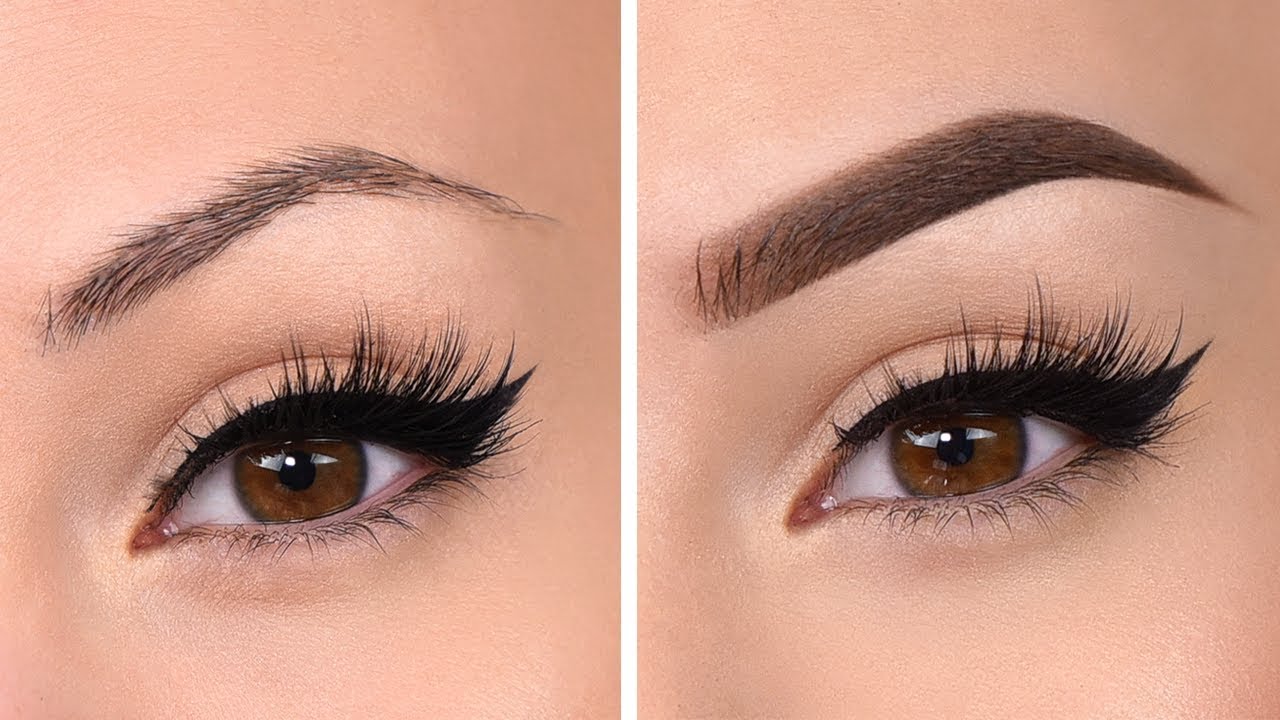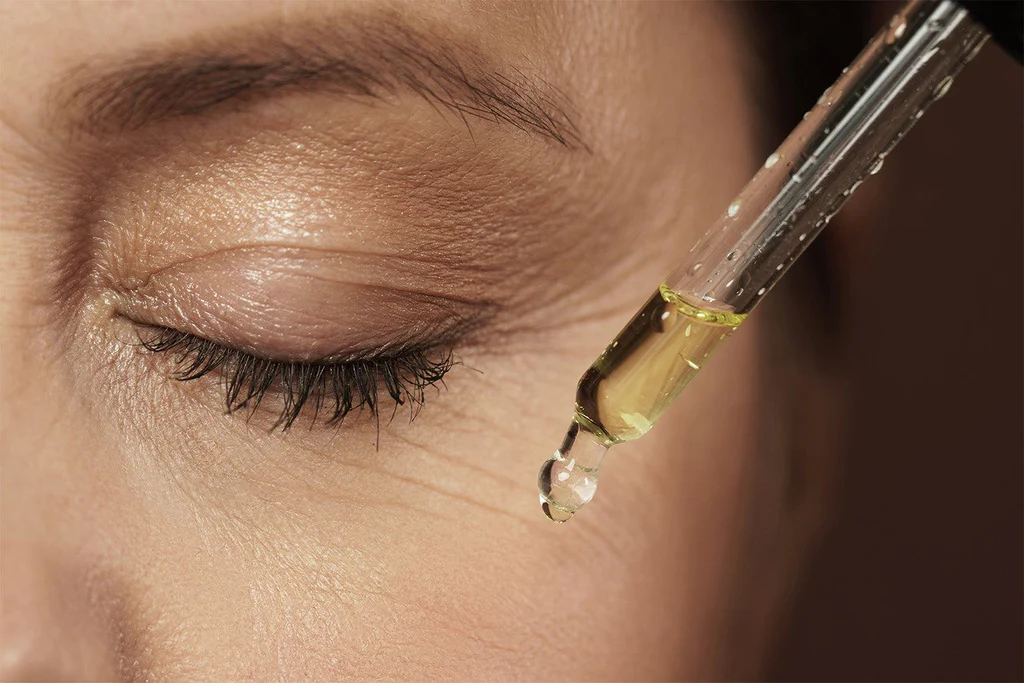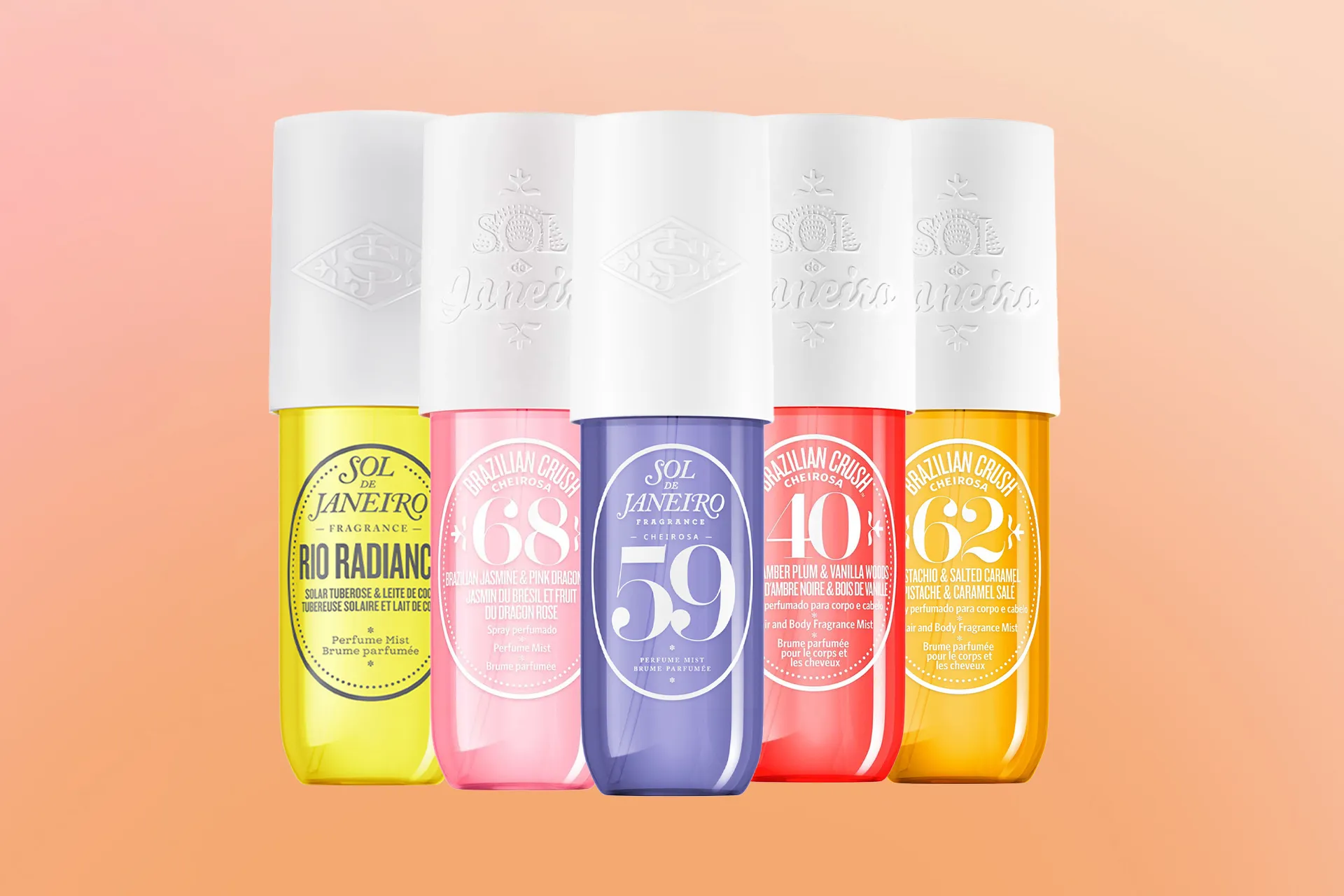
 By
Your Beauty Plug
By
Your Beauty Plug
Turmeric is a spice that has been used for centuries in cooking, medicine, and cosmetics. It has many benefits for the skin, such as reducing inflammation, acne, dark spots, and signs of aging. In this blog post, I will show you how to make your own turmeric soap at home using a simple melt and pour method. You will need only a few ingredients and tools, and you will end up with a natural, handmade soap that is gentle, moisturizing, and brightening for your skin.
To make turmeric soap, you will need the following ingredients and tools:
Once you have gathered all the ingredients and tools, you are ready to make your turmeric soap. Here are the steps to follow:
Here are some frequently asked questions and answers about turmeric soap:
Turmeric soap is a natural, handmade soap that is easy and fun to make at home. It has many benefits for the skin, such as reducing inflammation, acne, dark spots, and signs of aging. It also has a lovely color and scent, depending on the soap base and essential oils that you use. You can make your own turmeric soap with just a few ingredients and tools, and enjoy a gentle, moisturizing, and brightening soap for your skin. I hope you enjoyed this blog post and learned how to make turmeric soap at home. If you have any questions or comments, please feel free to leave them below. Happy soap making!




